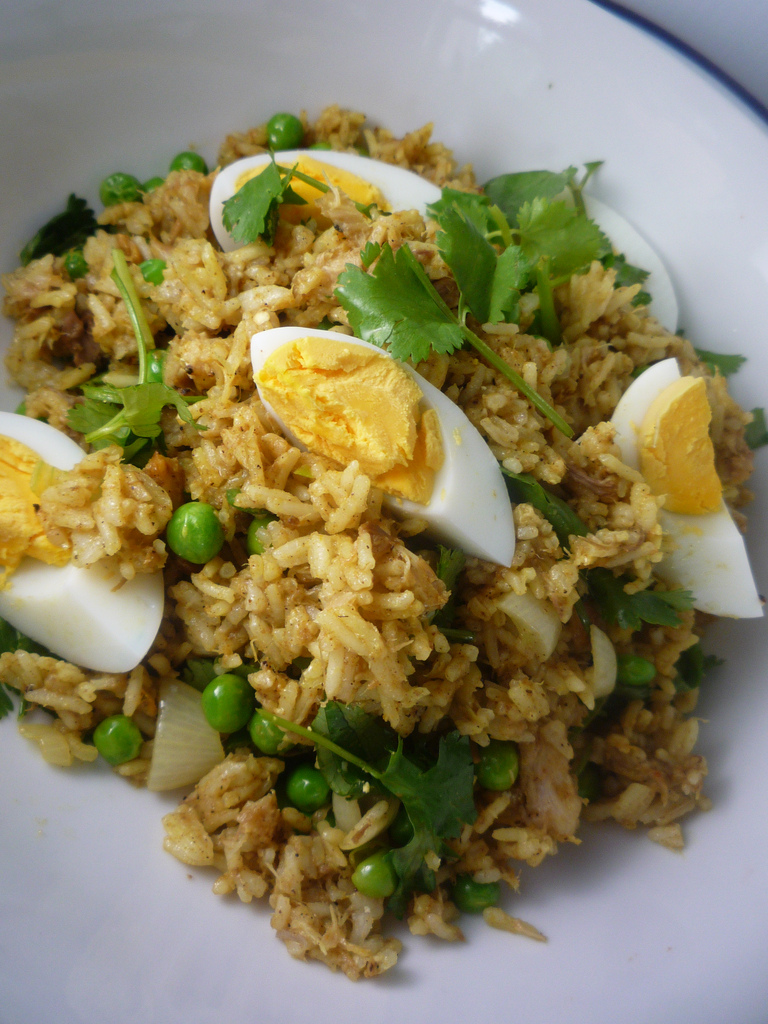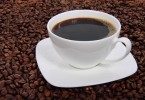Taking into account both the British East India Company period and the British Raj, the British ruled India for around 200 years. In that period, the Angrez brought in their cuisine into India and would have adapted Indian cuisine to suit their more delicate palate. Yet, one rarely comes across genuine Anglo-Indian food in India. Even in England, where Indian food is pretty popular, it is difficult to find restaurants serving Anglo-Indian food. I believe that Veeraswamy and Chutney Mary in London started off as Anglo-Indian restaurants but have, over time, reverted to the more traditional Indian fare.
A lot of the Goan cuisine has been influenced by the Portuguese, xacuti and vindaloo being two examples. The Portuguese were also responsible for introducing potatoes, tomatoes, pineapples, guavas, cashew and chillies (!) into Goan cuisine. Yet, one hits a bit of a block when it comes to Anglo-Indian cuisine.
So here are just a handful of dishes that are genuinely Anglo-Indian. I don’t know how many of you have tried them; I have, at the homes of friends and in some restaurants, and they are delicious!
* Mulligatawny is still available in a few Indian restaurants; it is a curry-flavoured soup and literally means “pepper water” (from Tamil ‘Milagu Tanni’). Of course, there are various versions of the soup; the most popular versions use chicken and lentils with Indian spices and pepper to create the soup. I have had the soup in different restaurants around India; rarely has the soup been the same in look and taste!
* Kedgeree, and I am sure that most of us have never had it, is a dish consisting of fish, boiled rice, hard-boiled eggs, curry powder and butter. Kedgeree originated from the good old khichri and became a great breakfast dish in Victorian England. As with biryani and khichri, Kedgeree is served with yogurt or raita.
* Country Captain is a curried dish made with chicken pieces, onions and curry powder and served with rice. It became popular with the British officers serving in India. While it may now not be so popular in the U.K., it is still a very popular dish in the southern parts of the USA where it may have been introduced by the British. General Patton was very fond of the dish and that could be the reason why it was introduced as a part of the United States Army Meal.
* Railway Mutton Curry, as the name suggests, was pretty popular in railway station canteens and for eating during longer train journeys. The inclusion of tamarind juice or vinegar to the dish made it last longer in the Indian heat.
* Scotch Broth is a universal and pretty filling soup. I remember that Paradise restaurant in Colaba Causeway used to serve a tasty Scotch Broth with a slice of lemon and I would frequent the place just for the soup. Made of lamb/mutton, what makes the broth distinctive, I suppose, is the addition of barley to thicken it.
Of course, there are hundreds of authentic Anglo-Indian dishes and the more nostalgic amongst us may want to explore further. Bridget White-Kumar, among others, has written a number of books on Anglo-Indian recipes and you may want to pick up one of them.
Visual Courtesy:http://www.flickr.com/photos/beckayork/







